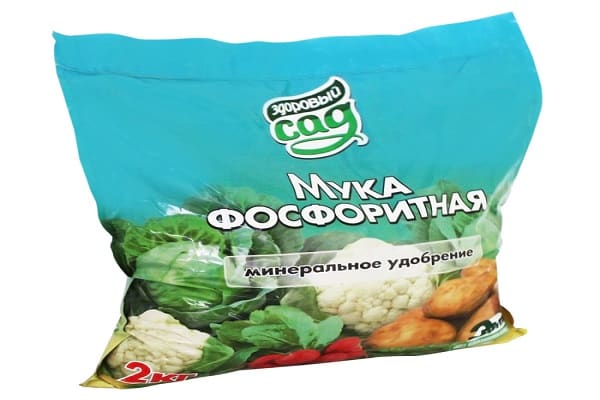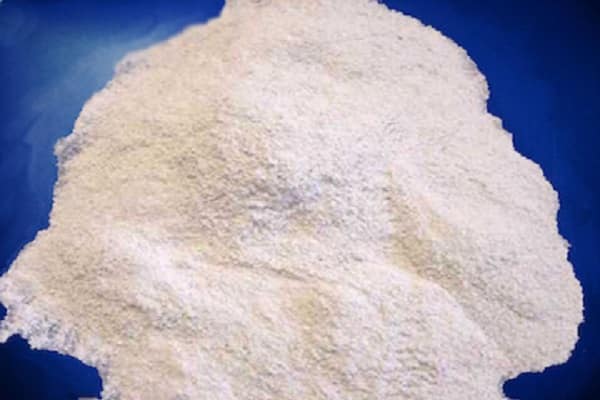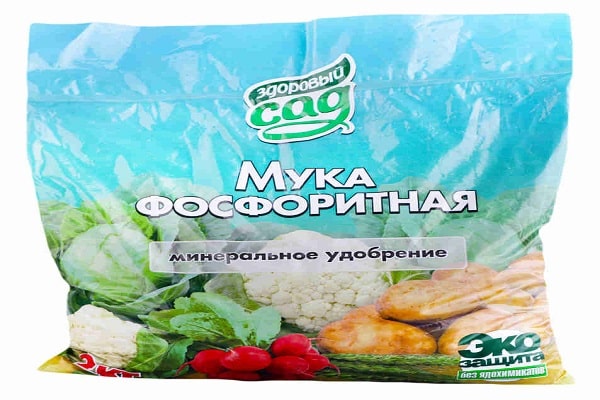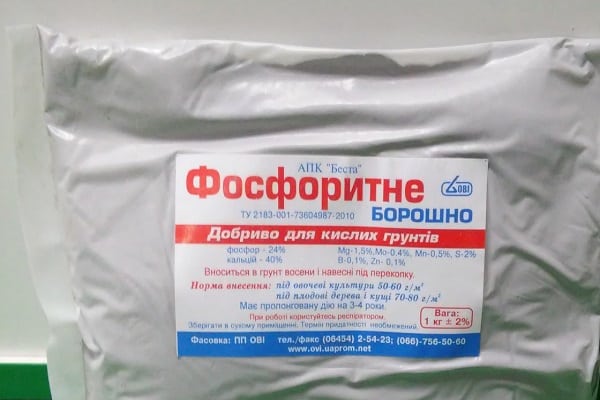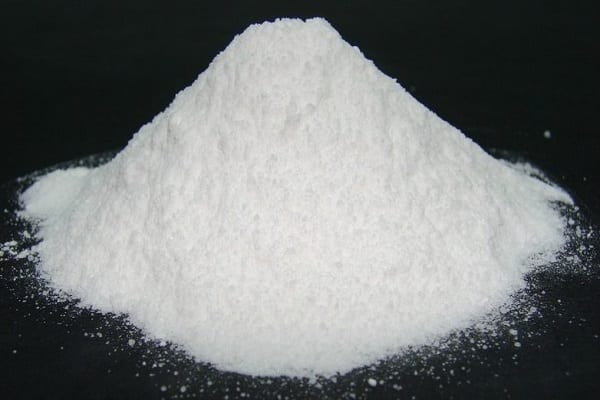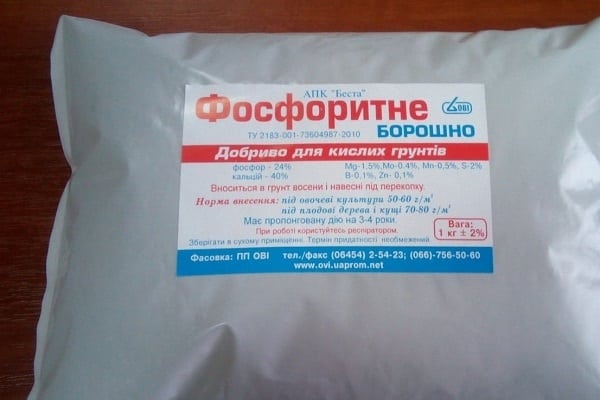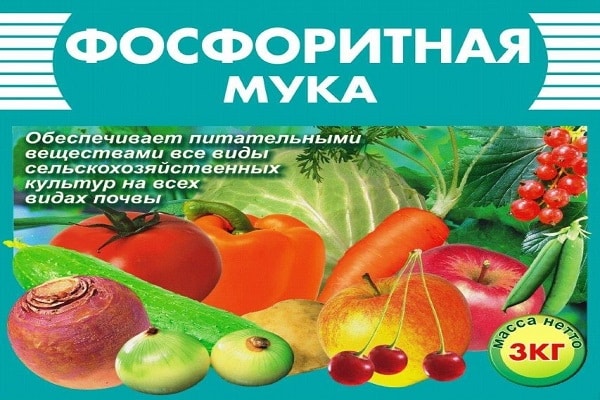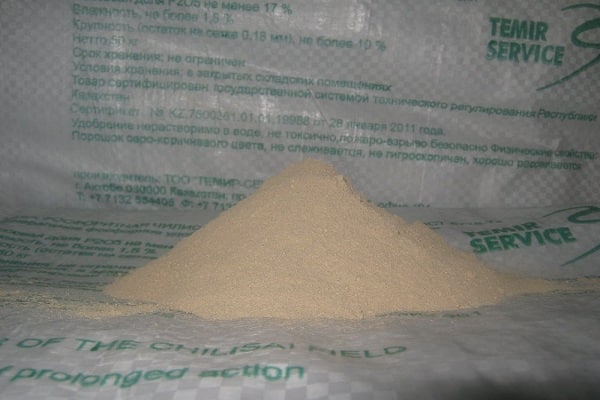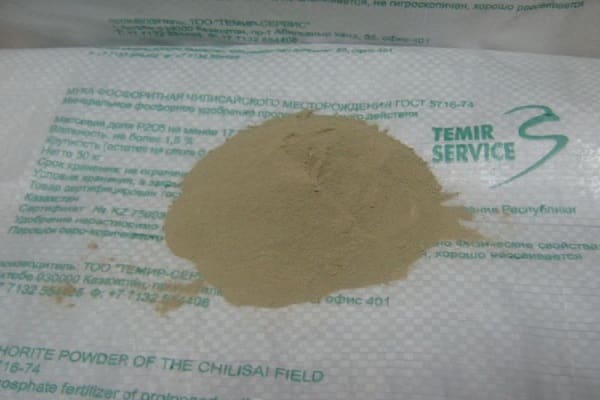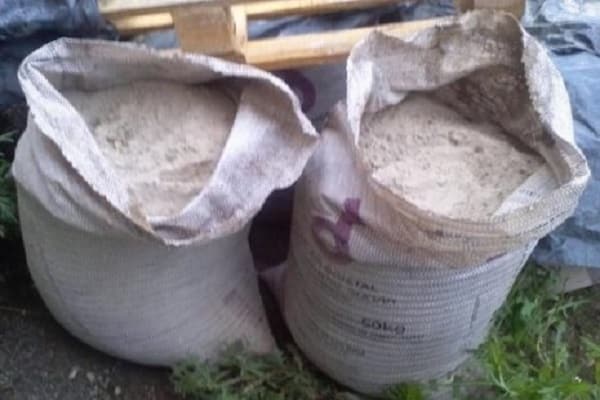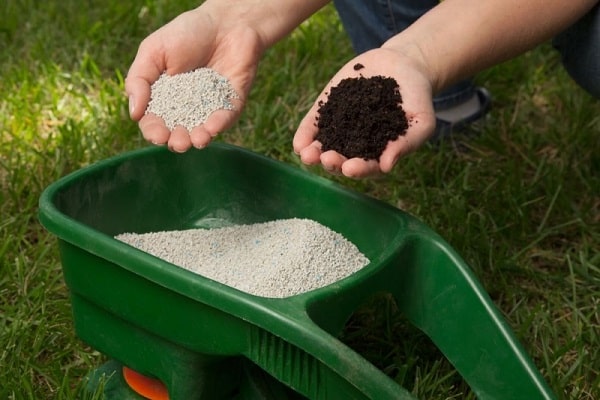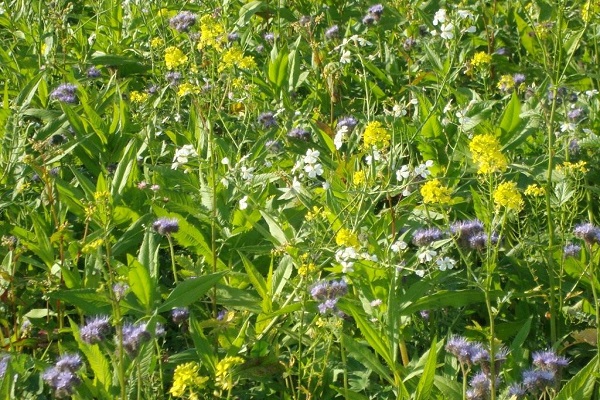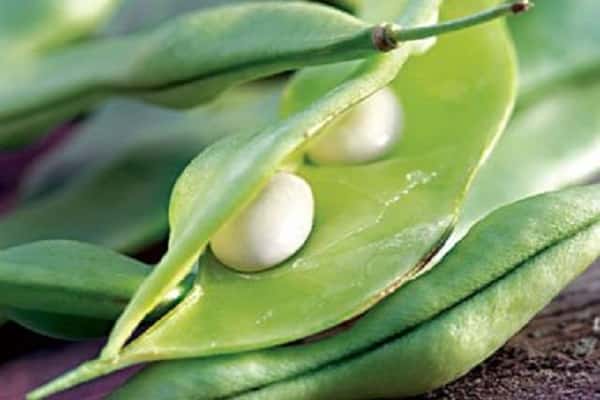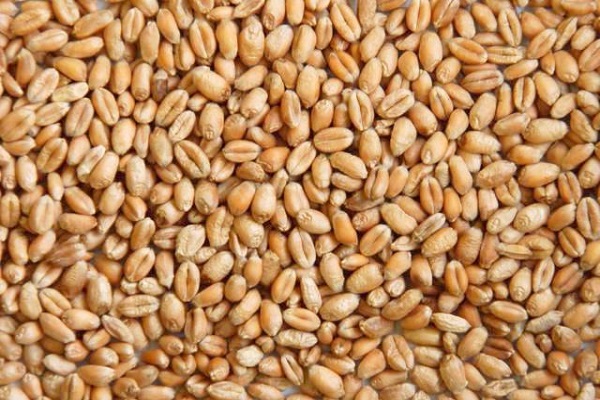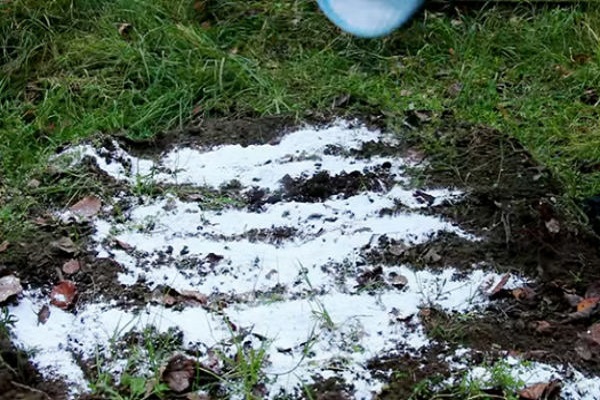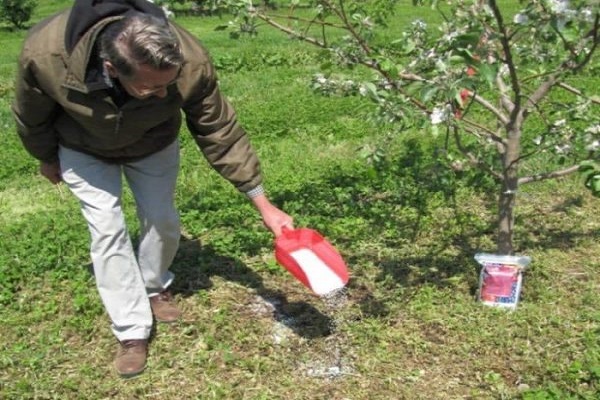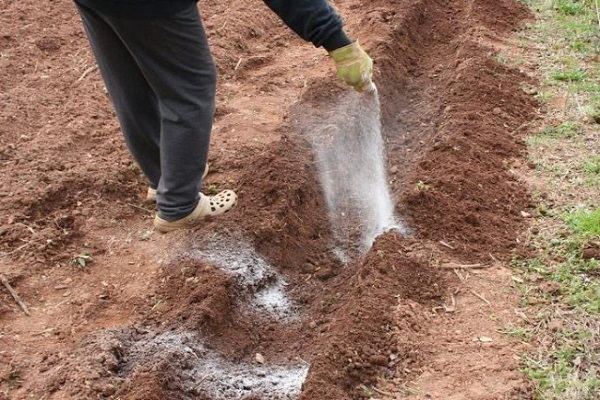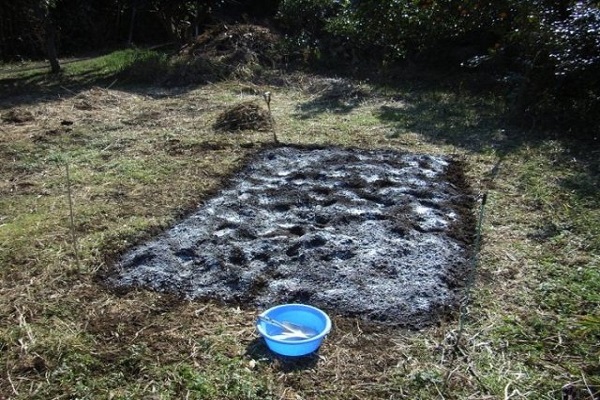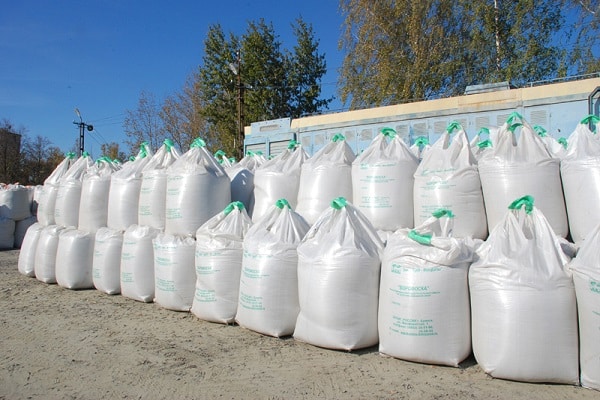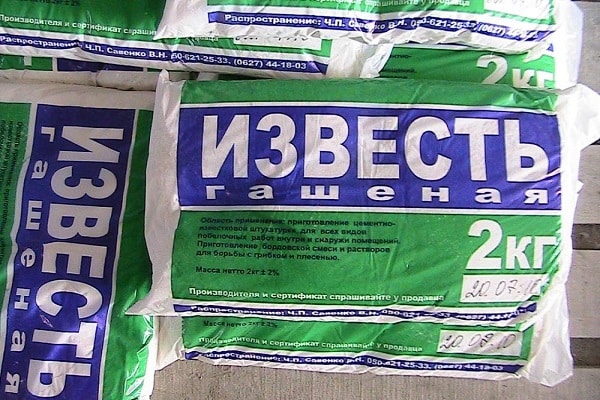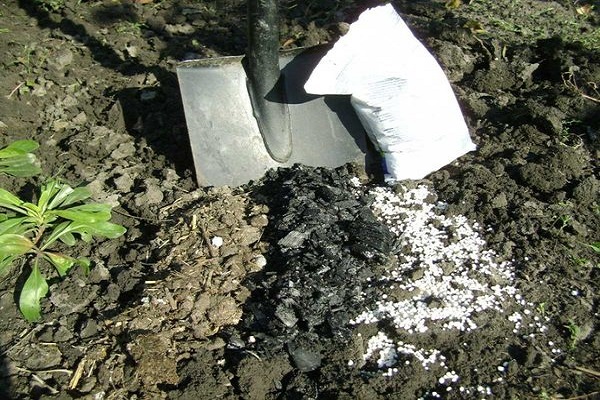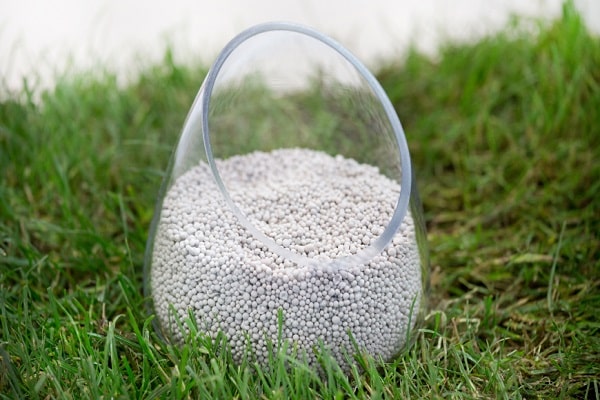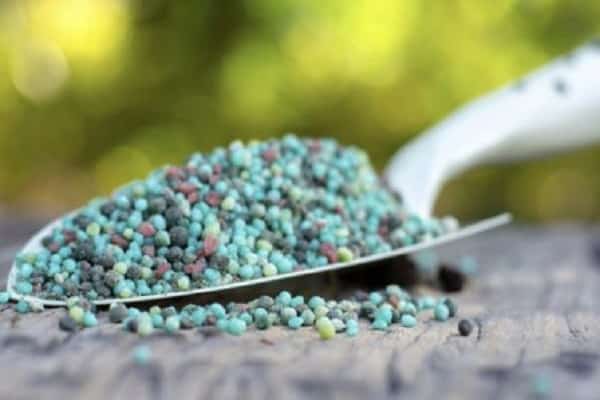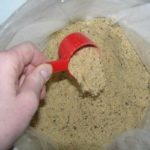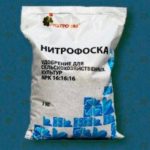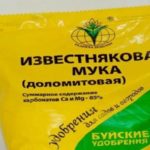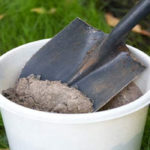To date, scientists have developed and identified various fertilizers for growing plants. As agricultural practice has shown, phosphate rock is considered one of the most environmentally friendly fertilizers. This fertilizer has a beneficial effect on the development, growth and productivity of grass crops. However, it has its own individual application characteristics, which will be discussed in this article.
- Description of phosphate rock
- Compound
- Formula
- Properties
- Signs and manifestations of phosphorus deficiency
- Application of phosphorites
- Standards for open ground
- Standards for compost
- Plant needs for phosphorus and microelements
- Calcium
- Silicon
- Microelements
- Impact on crops
- Lupine buckwheat mustard
- Peas sainfoin clover hemp
- Cereals flax beets potatoes vetch
- Barley spring wheat flax tomato turnip millet
- Application on various types of soils
- On acidic soils
- When improving
- Features of use
- Methods of application
- Dosages
- What cannot be added to the soil at the same time
- Security measures
- Differences between phosphate rock and superphosphates
- Alternative replacement for phosphate rock
Description of phosphate rock
Phosphorite flour - natural, mineral fertilizer. In appearance, it is a loose powder of a dusty gray or brownish-brown color. Fertilizer production is based on sedimentary rocks, which consist of phosphorite homogeneous solids in a crystalline state. They are mined with clay, sand and other secondary products of the earth's crust.
Compound
Phosphorite flour has many beneficial properties. It includes:
- phosphorus oxide - from 19 to 30%;
- silicon - 18%;
- calcium - 30%;
- magnesium - 2%.
In addition, flour contains a complex of microelements such as CuO, F2O3, AL2O3, SO2, ZO2.
Formula
The composition of phosphorus powder is dominated by phosphorus P2O5 and slightly soluble calcium salt Ca3. Its chemical formula can be expressed as Ca3(PO4)2.
The laboratory method for producing phosphorus flour involves combining orthophosphoric acid with calcium salts:
3CaCO3 + 2H3P.O.4 =Ca3(P.O.4)2 + 3CO2↑ + 3H2O
Or with calcium hydroxide:
3Ca(OH)2 + 2H3P.O.4 =Ca3(P.O.4)2 + 6H2O
As you can see, phosphorus flour has a difficult-to-digest formula for plants. However, this fertilizer works excellently on peat or podzolic soils, where pH exceeds 7 units. The fact is that an acidic environment converts phosphorus into the form that plants need.
Properties
Phosphate flour is one of the most important fertilizers in crop production. When used, the powder has the following positive effects on plants:
- root formation;
- stimulation of tillering;
- accelerated growth process;
- winter hardiness;
- increase in productivity.
But, despite such positive qualities, fertilizer also has its disadvantages. Phosphorus flour has increased water resistance.
Worth paying attention: Phosphorus flour has a long shelf life. It can be used once every 4–5 years.
Signs and manifestations of phosphorus deficiency
There are cases when plants stop growing in sufficiently nutritious soil that does not require fertilizers. Many people involved in plant growing wonder what is the reason for this phenomenon. It turns out that the main source of this phenomenon is free hydrogen ions, which accumulate in large quantities in the soil. Under their influence, the acidity of the soil increases and it becomes poorer in phosphorus.
To confirm this assumption, it is enough to pay attention to what wild plants grow on the site. As a rule, on medium and highly acidic soils you can see:
- oak grove;
- common sorrel;
- plantain;
- sphagnum;
- creeping buttercup;
- cotton grass;
- speedwell;
- cat's paw
In addition to these factors, increased acidity can be judged by cultivated plants. With phosphorus deficiency they experience:
- dryness and blackening of foliage;
- prolonged flowering;
- late ripening;
- growth arrest;
- underdevelopment of roots.
Another symptom of increased soil acidity is the red-violet color of plants.
Application of phosphorites
An important advantage of phosphate rock is that it can remain in the ground for a long time and gradually dissolve. In this regard, when using it, you can achieve a double effect, this is:
- Plants receive the necessary nutrients every year.
- The soil acidity level maintains the acceptable norm.
Moreover, the fertilizer is suitable for almost all cereals and fruit crops.
Standards for open ground
Phosphorus fertilizer is applied to open ground once every 5 years. The best period for this is considered to be autumn. This limitation is due to the fact that phosphorus will have time to get used to the soil over the winter, and in the spring it will begin to feed the plants.
Worth paying attention! If phosphorus flour is used to reduce soil acidity, additional organic matter will need to be used in addition to it.
Fertilizers are applied at the rate of 200–300 g per 1 square meter. m. For an effective effect, the flour must be evenly distributed throughout the entire area and dug up with soil at a depth of no more than 15 cm.
Standards for compost
Phosphate rock also improves the quality of fertilizers, which consist of a mixture of biological and organic substances, in the decomposition of which microorganisms participated. So, flour is added to unripe compost in a ratio of 20 kg per 1 ton. It will be enough to add 3 kg of phosphorus to the finished compost.
Plant needs for phosphorus and microelements
As mentioned above, phosphorus fertilizers contain a large number of useful elements. Let's look at the benefits they have on plants.
Calcium
Calcium plays an important role in plant development. In its deficiency, cultures lose their development. As a rule, their growth stops, the top dies off, the inflorescences fall off, and fungal diseases develop.This negative impact reduces the amount of yield. In addition, a lack of calcium affects the quality of the fruit. They lose their presentation, taste and shelf life.
Silicon
An element such as silicon contributes to the nutrition of plants with beneficial microelements found in the soil. The fact is that it crushes apatites to small particles, due to which they are better absorbed by herbal crops. At the same time, the plants become more dense and resistant to lodging.
Microelements
A rich complex of microorganisms has a beneficial effect on plant health. In the area where they lie, the development of pathogenic microorganisms is reduced. Due to this, herbaceous plants do not succumb to various diseases and become more resistant to the invasion of insect pests.
Despite the fact that magnesium in phosphate rock is only 2%, it is also worth noting in its benefits for plants. This microelement promotes energy production and has a positive effect on the quality of yield.
Impact on crops
As mentioned above, phosphate rock can be used for almost all types of crops. However, there are also plants that do not absorb phosphorus. Let's look at several of the most common types of crops and their relationship with phosphate rock.
Lupine buckwheat mustard
These green manures absorb sparingly soluble phosphates quite well. This is explained by the fact that they themselves are soil enrichers. When they are sowed, the physical and chemical properties of the soil improve. The earth becomes rich in organic matter and nitrogen.
Peas sainfoin clover hemp
The above plants, as well as green manure, interact with phosphorite.This effect is facilitated by the fact that crops have a significant release of acids through the root system. In addition, calcium predominates over phosphorite in their composition. Thanks to this, sparingly soluble phosphorite decomposes faster and turns into soluble salts.
Cereals flax beets potatoes vetch
This group of herbaceous and root crops absorbs phosphorus from phosphate rock only on acidic soils. This is because plants absorb small amounts of calcium. Accordingly, their root system does not produce enough acids to break down phosphorus.
Barley spring wheat flax tomato turnip millet
These plants do not tolerate acidic soil well. The conditions for their growth should be soil with a neutral pH. level.
Application on various types of soils
A distinctive feature of phosphate rock is that, depending on the soil, it is used as both a main and an additional fertilizer.
On acidic soils
Soil with a high level of acidity is very poor in potassium and phosphorus. Therefore, it conducts heat poorly and prevents plants from feeding nutrients. To reduce this negative impact, phosphate rock is applied to acidic soil as the main fertilizer once every few years.
When improving
Phosphorite flour can also be used on fertile soils. Here, as a rule, it acts as an additional fertilizer in improving the yield quality of fruit crops.
Features of use
Phosphorite flour, like any other fertilizer, has its own individual characteristics in use.
Methods of application
The effectiveness of phosphorite is affected by its correct application to the soil. To enrich and maintain the soil, fertilizers are applied in dry form.As a fertilizer, phosphate rock powder must be diluted with water and sprayed on the plants.
Dosages
The dosage of phosphate rock depends on the types of its purpose and the quality of the soil. To improve soil fertility, fertilizer is applied in the following doses:
- in soil of light mechanical composition - 0.8–1 t/ha;
- in soil with heavy mechanical composition - 2–2.5 t/ha.
If phosphorite is used as an additional fertilizer, it is diluted in water at a ratio of 20 g per 1 bucket.
What cannot be added to the soil at the same time
When using phosphorite, it is very important to consider its chemical properties. The fact is that this fertilizer is not compatible with some compounds. Among them are:
- chalk;
- dolomite and limestone flour;
- ash;
- slaked lime.
If these compounds have already been added to the soil, phosphorus can only be used the next year, since their combination will cause significant harm to the plants.
Security measures
Phosphorite flour is considered a fairly environmentally friendly fertilizer. However, it still contains toxins. Therefore, soil cultivation must be carried out strictly in work clothes, gloves, goggles and a protective gauze bandage. After the soil and plants have been treated, clothes must be cleaned of fertilizer residues, and hands and face must be washed with soap.
Differences between phosphate rock and superphosphates
Some novice gardeners believe that there is no difference between phosphate rock and superphosphates. However, they thereby make a big mistake. Each of these fertilizers has its own value on certain types of soil. So, unlike phosphorites, superphosphates are not beneficial on acidic soil. But they are quite valuable on neutral and alkaline soils.However, they are water-soluble and are applied only in liquid form.
Alternative replacement for phosphate rock
Plants can be grown on acidic soils without using phosphate rock. To do this, it will be enough to use mineral fertilizers that contain phosphorus. Such substances include:
- phosphate slag - phosphorus content 6–20%;
- precipitate - phosphorus content 27–48%.
These fertilizers are used only as pre-planting base material. As supplements, they are of no value.
As you can see, phosphorus flour is an indispensable assistant for every gardener. Using this fertilizer, you can restore the quality of the soil and significantly increase crop yields. However, do not forget about the rules and dosages of application. Large amounts of fertilizer can have a negative effect on plants.

